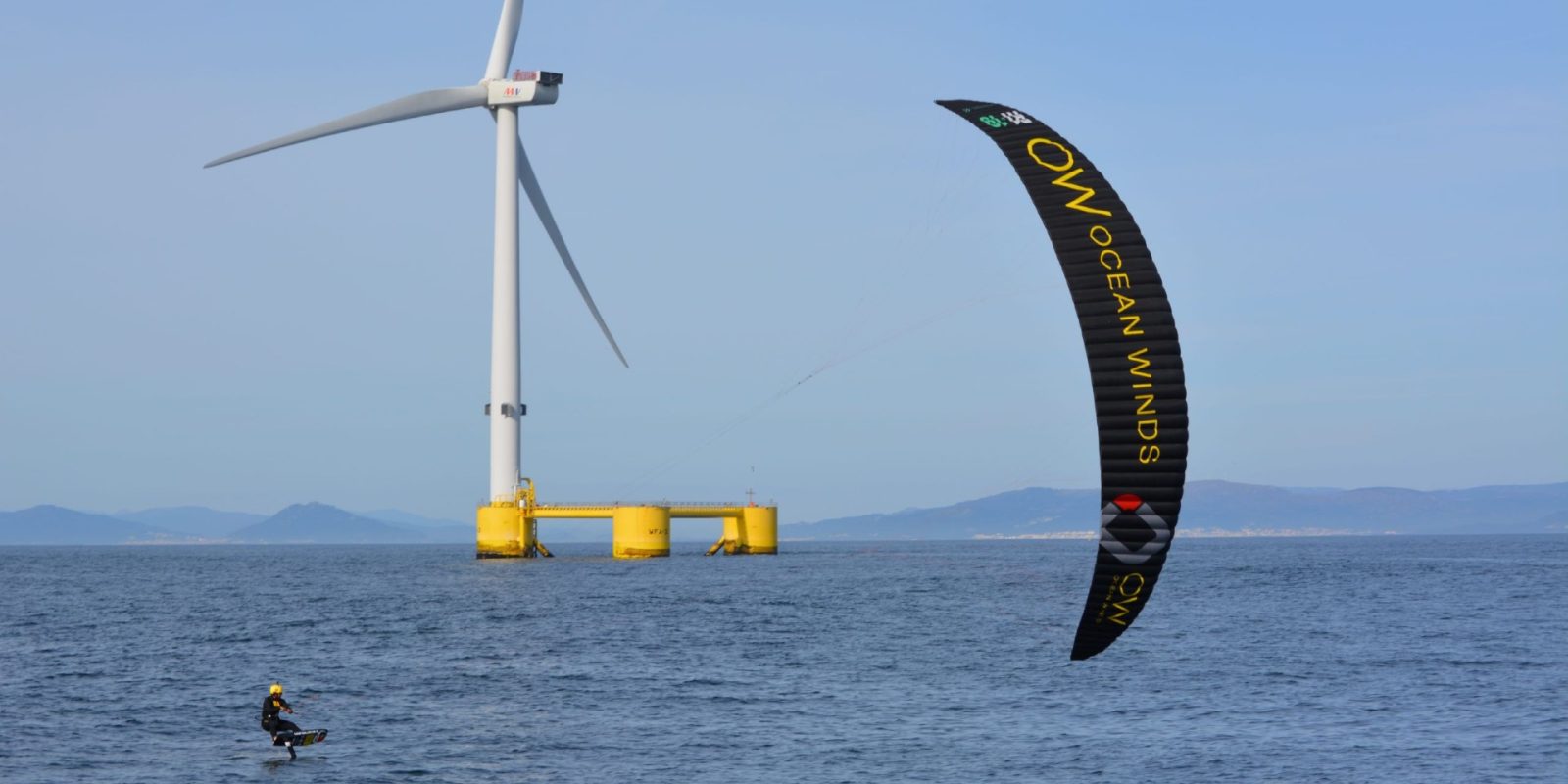
Portugal’s WindFloat Atlantic – the world’s first semi-submersible floating offshore wind farm – is now four years old and still breaking its own power output records.
The 25 megawatt (MW) WindFloat Atlantic, which came online in July 2020, was also continental Europe’s first floating offshore wind farm. Its majority shareholder is Ocean Winds, a 50-50 joint venture between Spanish renewable company EDP Renewables and global energy firm ENGIE.
WindFloat Atlantic’s electricity production has steadily increased, reaching 78 GWh in 2022 and 80 GWh in 2023. In July 2024, it recorded a total cumulative production of 320 GWh, providing power annually to over 25,000 households in Viana do Castelo, north of Porto, while preventing more than 33,000 tons of CO2 emissions and creating 1,500 direct and indirect jobs.
The offshore wind farm sits 20 km off the Portuguese coast. It comprises three 8.4 megawatt (MW) Vestas wind turbines that sit on semi-submersible, three-column floating platforms anchored by chains to the seabed. A 20 km-long (12.4-mile) cable connects it to an onshore substation.
Here’s how the semi-submersible floating platform works:
Each triangular floating platform is semi-submersible and anchored to the seabed. It consists of 3 vertical columns, interconnected/solidary to each other, and one of them is attached the base of the wind turbine tower.
The lateral distance of the platform (between the center of the columns) is about 50m. Its stability is reinforced by a system of gates that are filled with water at the base of the three columns, associated with a static and dynamic ballast system.
This active ballast system moves the water between columns to compensate for the stresses caused by the wind thrust on the wind turbine. This moving ballast compensates for significant differences in wind speed and direction. Its purpose is to keep the wind turbine tower upright to optimize its performance.
WindFloat Atlantic has an operations and maintenance base in the port of Viana do Castelo, where the team receives the wind farm’s information in real-time so they can address issues immediately. Onsite intervention can be complex, due to adverse weather and sea conditions in the area where it’s sited.
At the end of 2023, WindFloat Atlantic was resilient in the face of Storm Ciarán, weathering wave heights of 20 meters (66 feet) and wind gusts up to 139 km/hr (86 mph).
Ongoing surveys have found that over 270 species are successfully coexisting with WindFloat Atlantic, and the floating structures have fostered marine life, contributing to a conservation and reef effect underwater.

Read more: Meet the world’s first AI-driven autonomous underwater vehicle
FTC: We use income earning auto affiliate links. More.






Comments